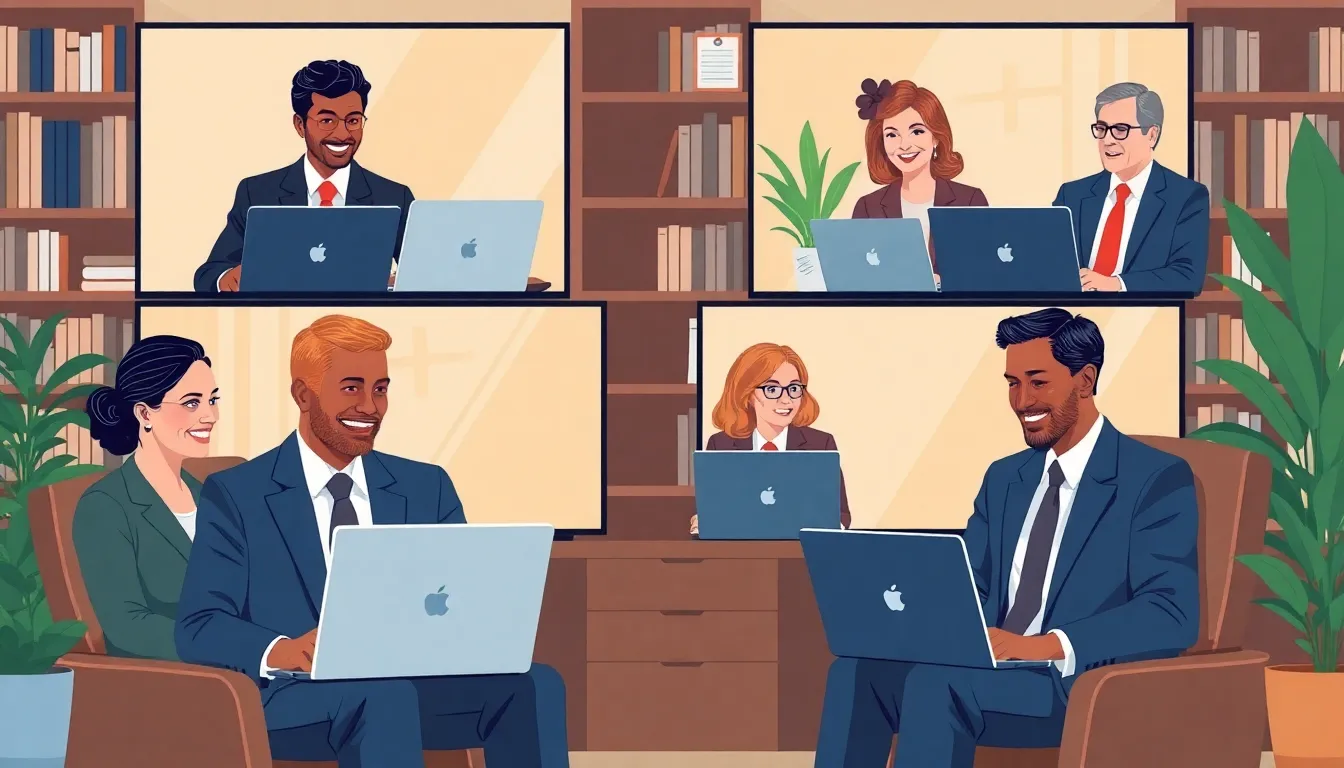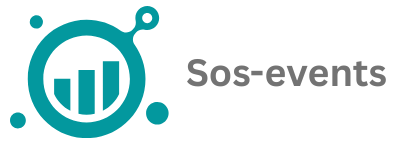In a world where pajamas have become the new power suits, government work from home is shaking things up like never before. Imagine trading in the daily commute for a cozy corner of your living room, complete with a steaming cup of coffee and the occasional cat cameo during Zoom calls. It’s not just a dream; it’s becoming a reality for many government employees.
Table of Contents
ToggleOverview of Government Work From Home
The transition to work from home within government agencies marks a significant cultural shift. Employees now experience greater flexibility in balancing work and personal life. Daily commutes vanish, creating additional time for productivity and personal activities.
Comfort plays a crucial role in this new environment. Many workers personalize their home offices with elements like coffee machines and pet companions, fostering a unique atmosphere for virtual meetings. Video calls often feature cozy settings, making interactions appear more relaxed and engaging.
Data indicates increased job satisfaction among government employees who work remotely. A recent survey revealed that 78% of respondents appreciated the flexibility work from home provides. This shift enhances overall morale, resulting in higher productivity levels.
Additionally, the government observes potential cost savings. Agencies can reduce expenses related to office space and utilities by adopting remote work policies. These savings might facilitate investment in technology, supporting a more connected workforce.
Collaboration tools become essential in this landscape. Platforms like Microsoft Teams and Zoom enable seamless communication, ensuring teams stay connected amid physical distances. Such tools also assist in maintaining alignment on projects and updates.
Despite the advantages, some challenges arise. Employees might experience isolation due to reduced face-to-face interaction. Addressing mental health concerns becomes critical for agencies, promoting resources like counseling and support networks.
Government work from home represents a shift toward innovative practices in public service. The adaptation encourages a culture of flexibility, teamwork, and employee well-being. Ongoing evaluation will be necessary to navigate the evolving landscape of remote work.
Benefits of Government Work From Home

Government employees experience several advantages when working from home, leading to significant positive changes in their professional lives.
Increased Flexibility
Flexibility stands out as a primary benefit of remote government work. Employees enjoy the ability to set their own schedules, allowing them to accommodate personal commitments. Many find it easier to manage tasks with adjustable hours, fostering a sense of autonomy in their roles. Remote work offers choices about when and where to work, empowering individuals to create environments that boost their focus. This flexible framework increases satisfaction, with 78% of employees favoring remote arrangements, according to recent surveys. Government agencies cater to this shift by adopting practices that support flexible work environments.
Improved Work-Life Balance
Improved work-life balance enhances productivity and well-being for government workers. Employees no longer face long commutes, freeing up valuable time for personal activities and family. A more accessible work setting promotes emotional health, reducing stress and increasing job satisfaction. Many remote workers attest to the ability to intersperse their work tasks with personal responsibilities, which fosters a harmonious lifestyle. Employers witness increased morale and dedication from staff who successfully navigate their professional and private lives. By prioritizing work-life balance, government agencies contribute to a more engaged and motivated workforce.
Challenges of Government Work From Home
Government work from home presents several challenges that must be navigated to maintain effective operations. While flexibility offers benefits, it also entails obstacles that impact employee performance and collaboration.
Communication Barriers
Communication barriers arise when employees operate remotely. Misunderstandings often occur due to reduced non-verbal cues. Virtual meetings can lead to difficulty in gauging engagement, impacting team dynamics. Employees may struggle with limited feedback, which can cause frustration. Additionally, time zone differences further complicate real-time communication, creating delays in important information sharing. Ensuring clear, consistent messaging becomes essential to mitigate these challenges.
Technological Limitations
Technological limitations hinder effective remote work for government employees. Not all employees possess access to high-speed internet, which affects their ability to participate in virtual meetings. Some may encounter outdated devices that limit productivity and efficiency. Dependable software tools are vital for task collaboration, and inadequate resources can disrupt workflow. When technical difficulties arise, response times for IT support can also lag, causing additional stress for employees engaged in critical activities. Investing in reliable technology solutions becomes crucial in addressing these issues.
Best Practices for Government Work From Home
Effective remote work requires implementing best practices that enhance productivity and foster collaboration. Adopting these strategies helps create a seamless work-from-home experience.
Effective Time Management
Establishing a structured daily routine enhances productivity for government employees. Setting specific working hours allows individuals to define their availability clearly. Utilizing tools like digital calendars promotes task organization, ensuring deadlines are met. Prioritizing tasks based on urgency and importance leads to better focus. For instance, using the Eisenhower Matrix helps distinguish between critical tasks and those that can wait. Tracking progress through apps or software can reinforce accountability and keep motivation high. Remaining flexible adjusts to unexpected interruptions while maintaining productivity.
Maintaining Team Collaboration
Encouraging open communication enhances team collaboration among remote government employees. Regular check-ins via video conferencing tools, such as Microsoft Teams or Zoom, facilitate personal connections. Setting a bi-weekly meeting schedule ensures consistent project updates. Sharing progress updates through collaborative platforms, like Slack or Trello, keeps everyone aligned. Engaging team members in brainstorming sessions sparks creativity and innovation while reducing feelings of isolation. Utilizing shared documents fosters transparency and allows for real-time collaboration. Providing a virtual space for casual interactions builds camaraderie, enhancing overall team morale.
The shift to remote work in government settings has transformed how employees engage with their roles. This new paradigm not only enhances flexibility and job satisfaction but also promotes a healthier work-life balance. While challenges like communication barriers and technological limitations exist, the benefits of increased morale and productivity are significant.
By embracing innovative practices and investing in the right tools, government agencies can navigate these hurdles effectively. As this evolution continues, it’s crucial for organizations to remain adaptable and supportive, ensuring that employees thrive in their remote work environments. The future of government work is bright, marked by a commitment to flexibility and collaboration.




